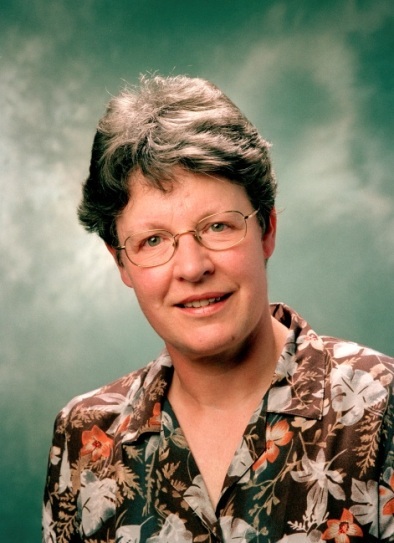Jocelyn Bell Burnell
The Most famously infamous Astronomer

The Main Idea
Jocelyn Bell Burnel, born July 15, 1943 in Belfast, Northern Ireland, is most famously known for her discovery of pulsars.
As a Ph.D. student at the University of Cambridge studying radio astronomy, Bell Burnel detected a rapid set of pulses occurring in continuing intervals on a radio telescope that she helped build during her time as a Ph.D. student. These pulses turned out to be pulsars. And with the discovery of pulsars, the existence of rapidly spinning neutron starts had its first direct piece of evidence.
Scientific Career
Jocelyn Bell Burnell earned her bachelor's degree in physics in 1965 from the University of Glasgow. She than went on to earn a Ph.D. in radio astronomy from the University of Cambridge in 1969.
At the University of Cambridge, she spent two years building a 81.5-megahertz radio telescope that was designed to track quasars. Her job was to operate the telescope and analyze the data produced by it (120 meters of chart paper produced every four days). It was during this time that she noticed unusual pulses that was the first evidence of a pulsar. She consulted her advisor Antony Hewish, and they spent months monitoring and studying these pulses. It was then determined that they were indeed pulsars.
The Nobel Prize for Physics was awarded in 1974 for the discovery of pulsars to Antony Hewish and Martin Ryle, with the omission of her name on the award. This lead to anger and outrage from the scientific community as they though this was unfair. Bell Burnell though, felt the prize was properly awarded, as she was only a student at the time of the discovery. It should be noted that gender discrimination may have been a contributing factor to her not receiving the award. Bell Burnell commented that: "It is an awful waste of time and energy to be grieving over something that you can’t do anything about,” regarding the controversy.
Positions held
Research Council Fellow, University of Southampton, England, 1968-1970 Professor at University of Southampton, England, 1970-1973 Professor at Open University, 1973-1987 Professor at University of College London, 1974-1982 Royal Observatory, Edinburgh, 1982-1991 Dean of science at the University of Bath, 2001-2004 Commander of the Order of the British Empire, 1999 President of the Royal Astronomical Society, 2002-2004 President of the Institute of Physics, 2008-2010
Examples
Be sure to show all steps in your solution and include diagrams whenever possible
Simple
Middling
Difficult
Connectedness
- How is this topic connected to something that you are interested in?
- How is it connected to your major?
- Is there an interesting industrial application?
History
Put this idea in historical context. Give the reader the Who, What, When, Where, and Why.
See also
Are there related topics or categories in this wiki resource for the curious reader to explore? How does this topic fit into that context?
Further reading
Books, Articles or other print media on this topic
External links
Internet resources on this topic